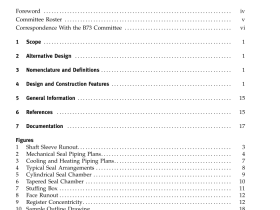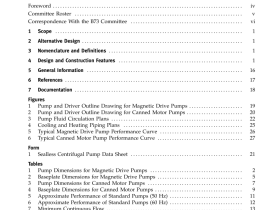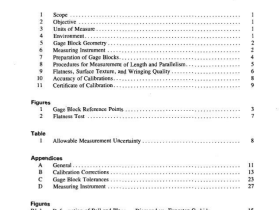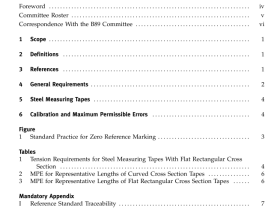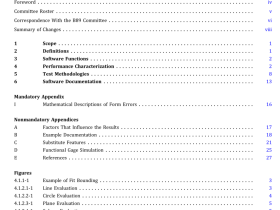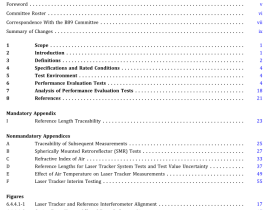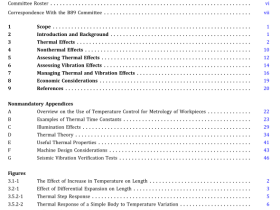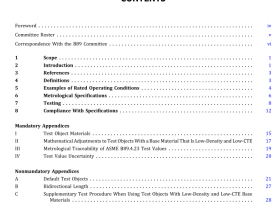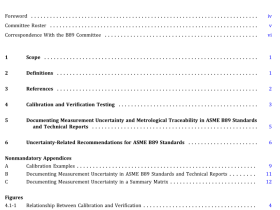ASME A16.22 pdf download
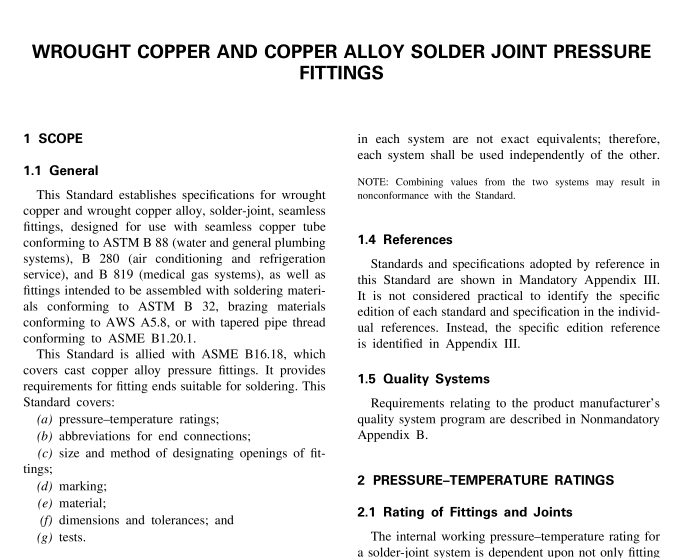
ASME A16.22 pdf download WROUGHT COPPER AND COPPER ALLOY SOLDER JOINT PRESSURE FITTINGS
No.C23000,for which allowable stresses are foundin ASME B31.1,ASME B31.9,or ASME Boiler andPressure Vessel Code,Section l —Materials.
(b) Other coppers and copper alloys are permitted,provided they meet the chemical requirements of 84%minimum copper and 16% maximum zinc, and providedthe fittings produced from the copper alloy meet allthe mechanical and corrosion-resistant properties forthe end purposes of the fittings. The composition ofthe copper alloy shall contain nothing that will inhibitjoining to the tube or to other fittings.
7 LAYING LENGTHs
Due to widely varying manufacturing processes,meaningful laying length requirements of fittings cannotbe established. Consult the manufacturer for these di-mensions.
8TUBE SToPs
Except for repair couplings, fittings shall be manufac-tured with a tube stop. Repair couplings shall notrequire a tube stop. The tube stop shall control jointlength,even with an external (FiG) end having theminimum outside diameter shown in Table 3 (TableI13).Examples of various tube stop configurations areshown in Fig. 2.
9 INSPECTION TOLERANCE9.1 Linear Dimensions
An inspection tolerance,as shown in Table 2 (TableI12),shall be allowed on center-to-shoulder,center-to-center,center-to-threaded-end,and shoulder-to-threaded-end dimensions on all fittings having internal(C) solder ends,as well as on center-to-solder-end and solder-end-to-threaded-end dimensions on all fittingshaving external (FTG) solder ends.
Coupling inspection limits for shoulder-to-shoulderand shoulder-to-end dimensions shall be double thoseshown in Table 2 (Table I2),except that the minustolerance applied to dimension L (see Fig. 1) shall notresult in a dimension less than 1.5 mm (0.06 in.).The largest opening in the fitting shall govern thetolerance to be applied to all openings.
9.2 Ovality of Fitting End (C or FTG)
Maximum ovality of the fitting solder-joint end shallnot exceed 1% of the maximum diameters shown inTable 3(Table I13). The average of the maximum andminimum diameters shall be within the dimensionsshown in the Table.
9.3 Inside Diameter of Fitting
The minimum cross-sectional area of the inside diam-eter through the fitting body shall not be less than thetheoretical minimum area defined by diameter o inTable 3 (Table I13).The out-of-roundness condition of the cross-sectional area shall not exceed the valueshown in Table 3 (Table I13).
For reducer or adapter fittings,the smallest enddiameter shall apply,provided that this diameter doesnot restrict the other outlets.
9.4 Wall Thickness
The minimum wall thickness shall not be less thanthat shown in Table 3 (Table I3).
10 THREADED ENDS
Fitting threads shall be right-hand,conforming toASME B1.20.1.They shall be taper threads (NPT).10.1 Countersink or Chamfer
All internal threads shall be countersunk a distanceno less than one-half the pitch of the thread, at anangle of approximately 45deg with the axis of thethread. All external threads shall be chamfered at anangle of 30-45 deg from the axis. Countersinking andchamfering shall be concentric with the threads.
The length of threads shall be measured to includethe countersink or chamfer.
10.2 Threading Tolerances
Tapered pipe threads (NPT) shall be checked by useof plug or ring gages in either standard or limit types.when gaging internal taper threads, the plug gage shallbe screwed hand-tight into the fitting. The referencepoint for gaging internal product threads depends on thechamfer diameter. When the internal chamfer diameter
